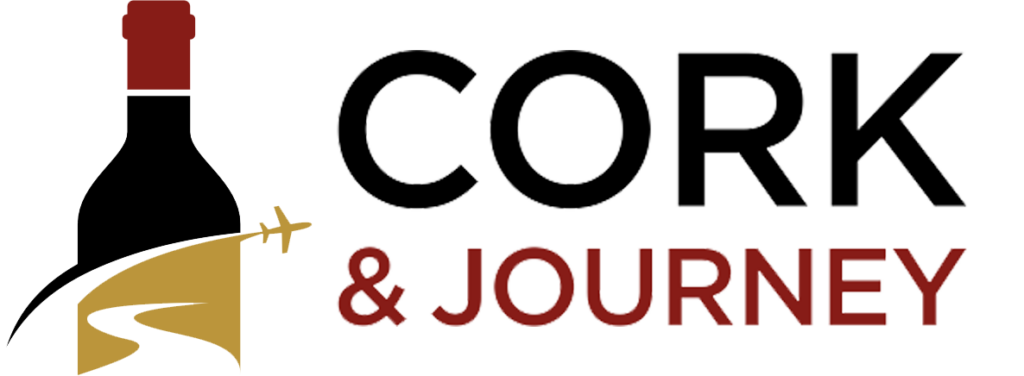Wild Chimps Consume The Equivalent Of Two Glasses Of Wine A Day
From Popular Science, Margherita Bassi reports that new research suggests wild chimpanzees consume the equivalent of two glasses of wine per day through naturally fermented fruit. Scientists measured ethanol in wild fruits and concluded this might have evolutionary links to human attraction to alcohol. From the article:
Nonetheless, their alcohol intake might provide insight into a theory called the drunken monkey hypothesis.
“The drunken monkey hypothesis basically says that human attraction to alcohol is due to our ancestral frugivorous [fruit-eating] diet, which is thought to have contained alcohol from fermentation,” Maro tells Popular Science. It suggests that our early ancestors evolved an evolutionary preference for ethanol because it could have “helped us locate sugar calories from a long distance, and possibly because during periodic bottlenecks in food availability, fermentation could have unlocked nutrients that would otherwise would have remained chemically inaccessible.”
Sonoma’s Bold Idea to Woo Younger Wine Drinkers: Raise Prices
Over at The Wall Street Journal, Jim Carlton reports on Sonoma County’s controversial idea to add a 1% fee on wine sales and tastings to fund marketing aimed at younger consumers. While the WSJ headline suggests wineries are “raising prices” to woo Gen Z, the reality is that this was a proposed Wine Improvement District tax—something we covered in detail two months ago on This Week Uncorked, Episode 58. From the article:
In Livermore Valley, east of San Francisco, a 2% fee raised about $550,000 annually for marketing spending. Campaigns targeted nearby San Jose and Silicon Valley, drawing a surge in visitors that helped keep local wine sales flat despite the industry’s decline.
In Sonoma County, Joe Bartolomei, a local grape farmer and co-owner of the luxury Farmhouse Inn, noticed other regions’ results and suggested Sonoma follow. “If you really want to have meaningful campaigns to drive visitation, it takes money,” he said. He thinks fears of a consumer backlash are unfounded. “It looks very different charging a 1% assessment on a $100 bottle of wine than the price of eggs or milk going up at the grocery store.”
‘Everyone Thought He Was Crazy’: Now, This Eccentric California Vineyard Has A Waiting List
Over at the San Francisco Chronicle, Esther Mobley reports in “‘Everyone thought he was crazy’: Now, this eccentric California vineyard has a waiting list” on how Mokelumne Glen Vineyards in Lodi has become a pioneering force in California’s wine scene. Once dismissed for its experimental plantings of obscure German and Austrian grapes, the vineyard now commands a waiting list of winemakers wanting its fruit.
A single block of wines at Mokelumne Glen Vineyards is home to 52 German and Austrian grape varieties rarely found in the U.S. Many are grapes that most wine drinkers have never heard of, much less tasted…
Outside of the German Collection, the vineyard, which totals 15 acres of vines, is planted with nine main varieties — mostly Kerner and Dornfelder — that Bob discovered grow the best. The vineyard’s proximity to the river results in slightly cooler temperatures than most of Lodi, but the greatest factor in the vineyard’s ability to grow these unconventional grapes is its deep, sandy soils, known to produce concentrated fruit with high levels of acidity and intense aromatics — both defining qualities of many German and Austrian white wines.
The 50 Greatest California Chardonnays of the 21st Century So Far
Oh how the wine trade industry loves its lists, well the Robb Report’s, wine editors Mike DeSimone and Jeff Jenssen present their curated list of the 50 greatest California Chardonnays of the 21st century so far, spotlighting standout examples that define style, terroir, innovation, and consistency over two decades. It’s an outstanding list that we have very little to quibble with—representing both icons and fresh voices in California Chardonnay. Some of our favorites from the list:
16 – F / 3 – USA / 1 – Mexico
Panizzi: Bringing Pinot Noir to Tuscany
5 Stars
Scenic Views: Yes
Reservation Required: Yes
Seating: Outdoor and Indoor
Price Range For Tasting $25 – $60
Perched just outside San Gimignano, Panizzi has carved a reputation on the strength of its Vernaccia but quietly experiments beyond local tradition. From structured Chianti to an unexpected Tuscan Pinot Noir, the estate blends innovation with site-driven winemaking under the guidance of Alessandro Cellai.
2021 San Felice Pugnitello Toscana IGT

Tuscan heritage, sharpened: Pugnitello 2021 carries dark-berry depth and lavender spice along a graphite line—polished, savory, and quietly distinctive from first sip to finish.

Located in Houston’s upscale River Oaks District, Azumi serves a tightly executed Japanese menu under the leadership of Chef Timur Fazilov. With a refined sushi program, bold hot kitchen offerings, and a deliberate approach to plating and service, this newcomer reflects technique-forward cooking and a confident presence in a competitive dining scene.
Houston – No Corkage / Baltimore $30 Per Bottle / No Limit

All things wine, and food you could ever need or want — straight to your email!